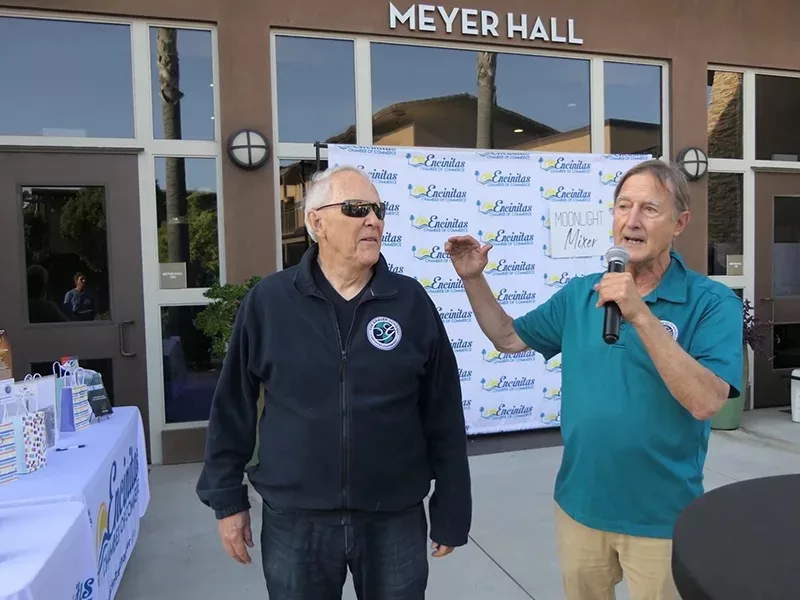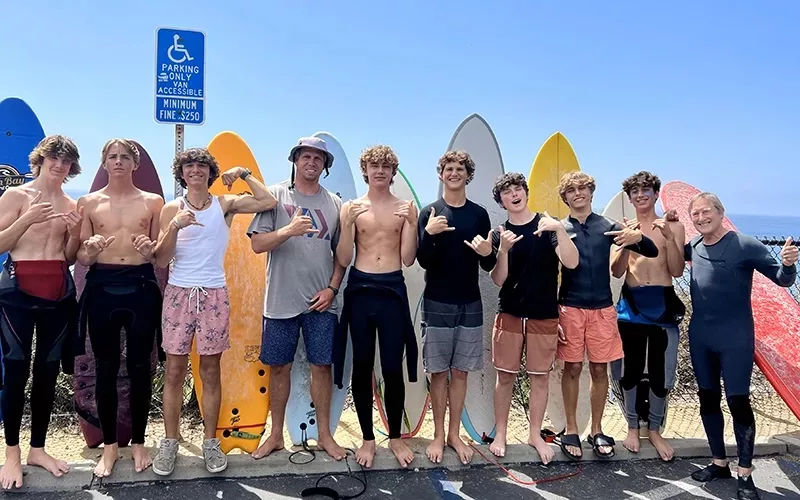It was a group of boys I was hanging out with one day. It could have been half of the teenage boys I know, and inevitably, the conversation turned to working out, strength, and (unspoken) physique. But where it went after that might be interesting not just to them, but to parents, teachers, and their friends.
I was hearing about heavy barbell lifting and so, “Are you working your core?” I asked.
I already knew they weren’t much. Boys I know are focused mainly on upper body more than core. Their shoulders, arms, and chest were where they were looking. The truth is, I had become a little concerned that many kids that age are too focused on lifting too much weight and not doing enough reps to build flexibility, stamina, and agility, which I believed they needed. And, yes, I invite you to make metaphors out of this. (I will, later.)
We talked for a while about pumping iron, and I thought maybe I’d broaden their thinking. In teaching and conversation, I like to break things down into categories so we can build the conversation. “What about the core?” I said. I thought this idea of core had legs.
One look that said “Huh?” came back. Another smiled inquisitively.
The core of the body usually just means the physical core: the central muscles, including the abs, back muscles, and those around the pelvis. These are crucial for balance, stability, and overall strength. Core training has gained huge popularity, and Pilates has swept the country, but not so much with boys at school.
“What about the emotional core?” I asked, just to see if anyone would take the bait.
Emotionally, the core can be seen as the heart of a person’s emotional experiences and feelings. It’s our capacity for empathy, love, resilience, and emotional intelligence. This has a lot more to do with our school purposes than physical strength, though both are important.
I was not sure these kids were buying it. So I tried this one: “What about the academic core? And the intellectual core?” This core consists of a person’s cognitive abilities, knowledge, critical thinking skills, and wisdom. And study habits. “You can’t work that with dumbbells,” I said, knowing that was going to be my line of the day. A couple of fist bumps and I gave a cha-ching. “What else?” I wondered.
“What about the Core Values?” said one boy, a little bit like he was complying with an assignment where there was a textbook answer.
“Alright then, name them,” I challenged, and the students filled in “Resourcefulness.”
“Perseverance.”
“Compassion.”
“Accountability.”
“Intrinsic Motivation.”
“Self-Advocacy.”
These core values are the true core of The Grauer School, our purpose. This core includes our identity and character: integrity, authenticity. And it is the most important thing we share. Whatever guides the behavior and decision-making of our students is their core. Isn’t that basic to an education? If a school is going to evaluate anything at all, shouldn’t it evaluate the achievement of its actual purposes? At The Grauer School, we actually record student cumulative values grades on their final transcripts.

“I’m going to pump some iron after school,” one kid said, as it was almost time for them to leave. “Wait wait wait,” I put my hand up and said. “One more! What about your spiritual core?”
I automatically assumed they would blow this off, but they did not at all! This group, or at least two or three of them, had some great things they were doing in that realm. Maybe because they’d all had Clayton Payne’s amazing World Religions class. This core is the sense of purpose or meaning in life. It can cover religious beliefs, ethical values, and personal philosophies. Could there ever be a single thing we can do for our students more valuable than to help them achieve this core of ethical and personal philosophy, or purpose in life? Why isn’t that the only curriculum? And it seemed like these students really were spiritually engaged, especially if you count surfing. They had access to this at school through music and arts classes, in great conversations with teachers (including our CVP groups), in some of their sports, in writing, on school theme days like Tolerance Day, in the counseling office, and especially on school expeditions (which tend to end in gratitude circles).
There may be some odds against all that. The messages we send our teen boys are mixed and not always healthy. I feel for today’s boys who believe pumping iron is some kind of requirement. A study by the American Psychological Association (APA) found that 30% of teen boys engage in unhealthy behaviors to increase muscle mass, such as using protein supplements, steroids, or engaging in excessive exercise. The pressure to conform to a muscular ideal can lead to body dissatisfaction, which is linked to low self-esteem and poor mental health outcomes in adolescent boys. Another report from Common Sense Media found that 39% of boys in middle and high school reported feeling pressure from the media to have a muscular physique. Advertisements for products like protein powders, muscle-building supplements, and workout equipment often target young males, and it’s on all of us to contextualize those messages. And yet I admire our students for their passion and commitment to fitness as it expresses itself, and our boys are clearly learning fast, including when one of them gets hurt.

I have been studying the impact of education on teenage boys for a few years now and wonder if people empathize. Recent studies indicate that mid-teen boys in today’s schools are experiencing a widening achievement gap, with standardized test scores and graduation rates lagging behind their female peers. More data shows higher rates of disciplinary actions and lower levels of engagement in school. It’s a good time to listen to our boys.
At the end of the day, I hope those boys I met with, and all of us, will know that their real and metaphorical core is a blend of physical strength, emotional depth, intellectual capability, spiritual beliefs, and moral character that together define their “essence” and how they interact with the world around them. I think they already do grasp it to a fair degree. I am thrilled to have discovered The Grauer School’s core curriculum, and to think of school in terms of these various cores: physical, academic, values, emotional, and spiritual cores. Great schools will focus on and evaluate all of them, but with societal pressures as they are, we can lose our balance.
Eye-opening news for teachers and schools: students often find more outside the classroom than inside. Many students claim they gain more from spontaneous, unscripted conversations with their teachers that transcend the academic curriculum — this is often how we identify an exceptional teacher. Schools that measure their learning objectives strictly by what’s in the textbook are missing the core. And I now think our boys already are getting that message. This may turn out to be one way to distinguish between small schools and large, comprehensive schools that, at their core, are not seeking the above.

Summer is the perfect time to shift whatever focus creeps up on us all year — high grades, pumping iron, whatever — and to reclaim that balance of all the values we want to live by and embody. I think this starts by letting it all go, chilling out in the sun or surf or trail, and smiling. If you are a teacher or parent, it can also start by being amazed by how much our young students have to teach us with their positivity and endless energy. Welcome to summer!
Join the Small Schools Movement!
Would you like your organization or small learning community showcased in our member spotlight? If you are not yet a member of the Small Schools Coalition, we welcome you to become a friend free of charge.
If you are already a member, contact us to discuss how we can give you the complimentary platform to show the entire world what makes your small school special!


Recent Comments